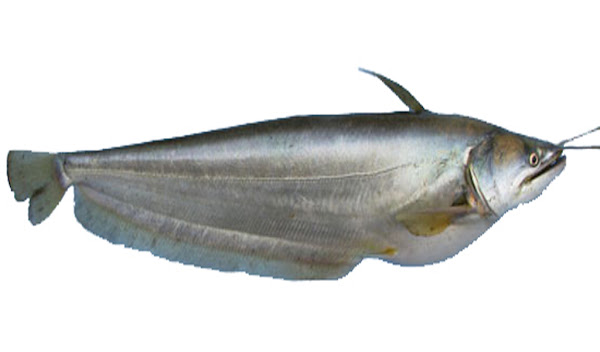Wallago attu or boal fish farming is not a popular or common business. It is cultured commercially mainly in the areas where it is highly available.
Boal fish is generally a freshwater fish species and mainly found in India, Bangladesh, Pakistan, Indonesia, Afghanistan and Vietnam.
Naturally the boal fish can be found in freshwater lakes, swamp or in large rivers. But if you can raise the fish commercially in farms, then you will definitely be able to make good profit. Because both demand and prices of the boal fish are high in the market.
The boal fish farming business can be commercially very important. Because it’s price and demand both are very high in the Asian market (where the fish is available). So you can easily use your existing pond for starting boal fish farming business.
How to Start Boal Fish Farming
Starting boal fish farming business is just like starting any other fish farming business. The beginners can also start this business easily.
Here we are describing more information about starting commercial boal fish farming business.
Site Selection
You must have to select a very good site for starting boal fish farming business. It will be better if your selected site is free from the residential areas and also free from all types of noises and pollution.

Pond Construction & Size
You have to construct a pond after selecting a good site. The size of the pond can be any depending on your available land.
But for commercial production, a pond with at least one acre land will be good. Natural ponds are considered good for boal fish farming business.
Pond Preparation
The boal fish are fed on external feeds, so you don’t have to worry much about preparing the pond. Just sterilizing the pond and filling it with water will be good.
Seed Collection
You can collect the seeds either from natural sources or from hatcheries. There are some suppliers. Contact with your nearest fisheries institute for more information about the seed availability.
Rearing the Fingerlings
Generally the boal fish fingerlings are stocked directly into the main pond. So you don’t have to worry much about rearing the fingerlings.
Stocking in the Main Pond
You can stock the fingerlings directly into the main pond. Stocking density can be 15,000 to 20,000 fingerlings per acre.
Feeding
The boal fish are very cormorant and carnivorous. They generally eat different types of small fish and animal from water. The fingerlings generally eat various types of tiny fish and insects. Although for commercial production, you can feed your fish with both trash fish and pelleted diets.
Harvesting
You can start harvesting the boal fish when they reach your desired size. You can use both net and drain harvesting system for harvesting boal fish.
Marketing
Boal fish are generally sold live and fresh in the market. So try to send the fish in the market soon after harvesting.
These are the common steps for boal fish farming and maintaining the farm. Good luck & may God bless you!






